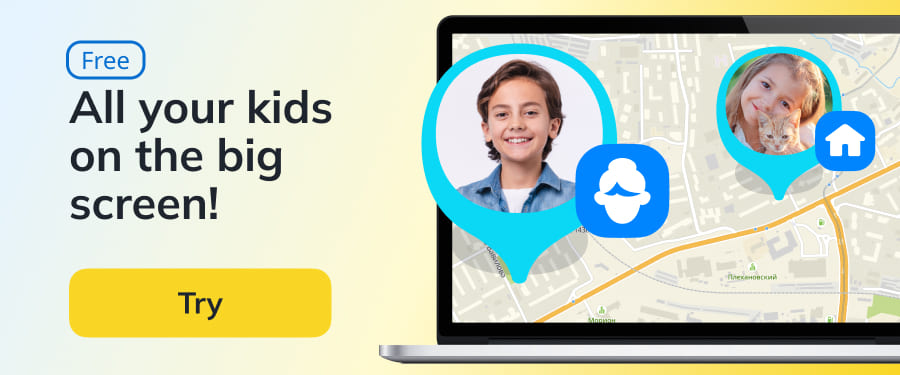Is the Tooth Fairy Real? What to Tell Your Child
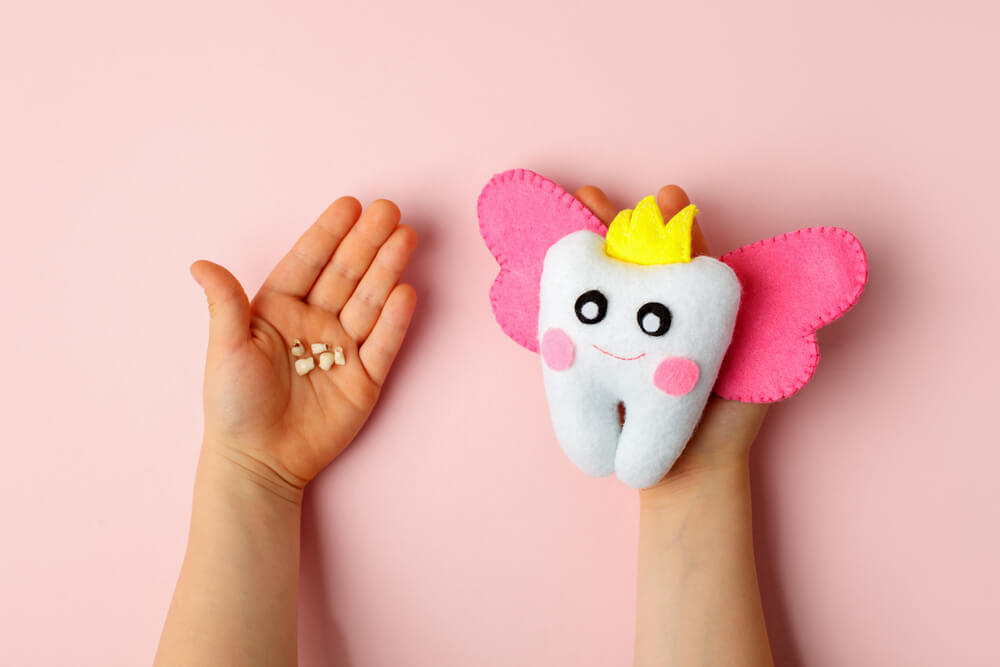
You’re sitting with your child as they wiggle that tiny loose tooth. Suddenly, they pop the question everyone’s been asked at least once in their parenting life, “Is the tooth fairy real?”
You freeze. Is this the moment to burst their bubble of childhood wonder, or do you have a clever retort up your sleeve?
No need to panic. This post will walk you through the origins, purpose, and magic of the tooth fairy, giving you all the tools you need to decide how to keep—or not keep—the magic alive.
Contents:
- The Origins of the Tooth Fairy
- How Could This Concept Help Your Child, and Should You Even Use It?
- What Is She Supposed to Do and How?
- How to Answer “Is the Tooth Fairy Real”?
- FAQs
The Origins of the Tooth Fairy
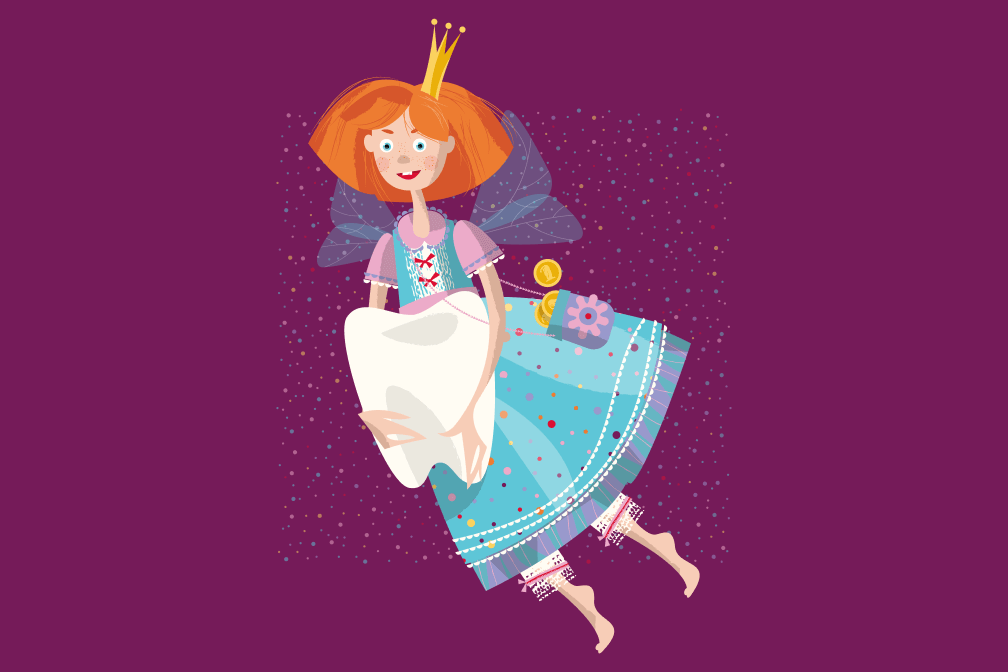
NGvozdeva/Shutterstock.com
Historically, the process around losing a baby tooth has always been shrouded in some form of special ritual or practice across cultures.
For instance, Vikings believed baby teeth carried luck, and they’d often pay children for them to string into necklaces or amulets. The belief was that these tiny teeth had protective power.
Fast-forward to the early 20th century in America, where European customs and folklore about teeth merged into the figure we now know and love as the tooth fairy.
The legend of the tooth fairy grew as parents passed it along to their children. By inserting shiny coins under pillows, they sparked the magic of a mystical being that not only collects teeth but also plays a whimsical role in children’s lives.
Today, this tradition feels as much a rite of passage as it does a fun practice for tooth trading.
How Could This Concept Help Your Child, and Should You Even Use It?

oes/Shutterstock.com
The idea of the tooth fairy’s existence can turn fear or anxiety about losing teeth into something positive, exciting, and fun.
Children often feel a pang of loss when they see their tiny tooth gone for good. By giving them something to look forward to—like a visit from a tiny, sparkling collector of teeth—you can replace that feeling of loss with curiosity and anticipation.
But there’s more! The exchange of a tooth for coins or small gifts can subtly teach children about value, earned rewards, and changes that are part of growing up—not bad for a mythical figure! It’s also a great way to encourage them to take care of their oral hygiene. After all, doesn’t the tooth fairy prefer clean, sparkling teeth over neglected, cavity-ravaged ones?
Ultimately, whether or not to introduce the tooth fairy is entirely up to you. If fantasy and whimsy align with your parenting style and values, go for it. If not, simply navigating the topic with honesty and care is equally impactful. Either approach offers an opportunity to connect with your child and create meaningful memories.
What Is She Supposed to Do and How?
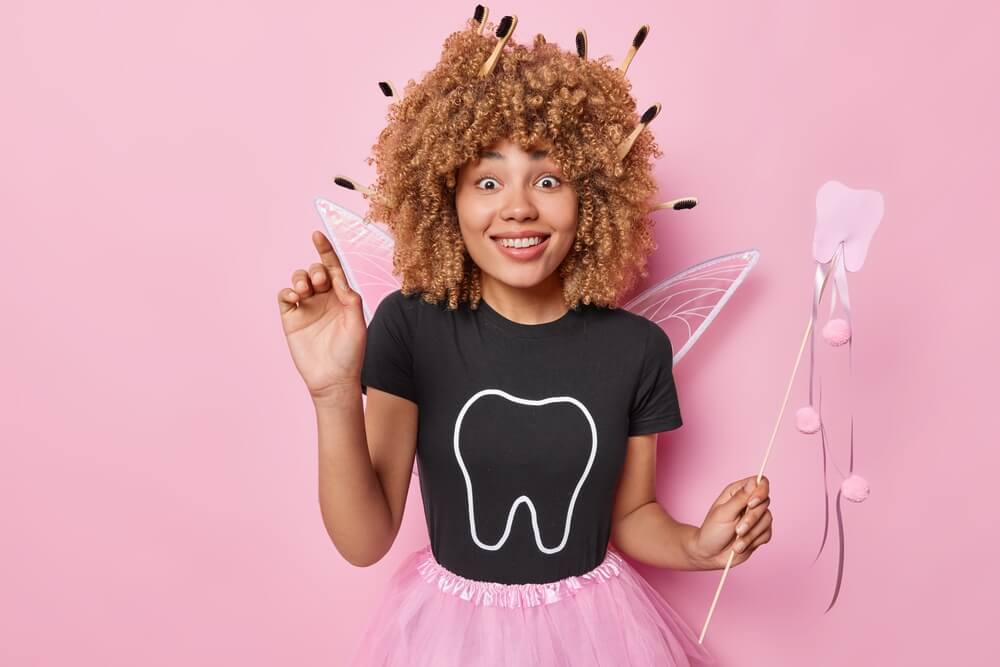
Wayhome Studio/Shutterstock.com
Cue the tiny bells and magic dust—this is where the tooth fairy gets to take the stage in full sparkle. As legend has it, her mission is simple yet undeniably enchanting.
The Classic Tooth Fairy Mission
Tasked with a mission as simple as it is enchanting, the Tooth Fairy’s role is to collect a child’s lost tooth from under their pillow and leave behind a reward, usually money.
But even this straightforward task is brimming with wonder for kids. The idea of a tiny, winged collector daring to sneak into bedrooms adds a layer of magic that no parent can replicate.
The classic tradition dates back centuries, though its exact origins vary depending on the country.
It’s the modern Western version, where a tooth under the pillow equals a shiny coin or dollar bill, that most parents and children know today. The process is delightfully simple—encouraging children to tuck their tooth away and imagine this mythical figure swooping in during the night.
This tradition isn’t just fun; it helps normalize the sometimes unnerving process of losing baby teeth. Kids trade their fear for excitement, all thanks to the promise of the Tooth Fairy’s nocturnal visit.
And while the logistics may seem far-fetched (how does she know whose tooth is whose?), belief in her is what keeps the magic alive.
Variations in the Tradition
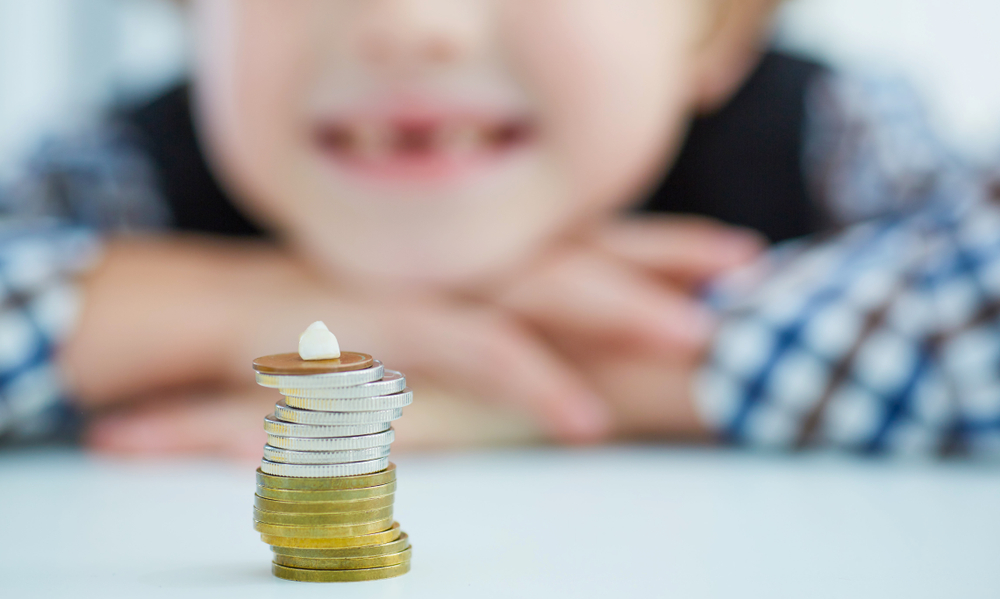
Vitali Michkou/Shutterstock.com
The tooth fairy’s routine might be universal, but the details? Those vary wildly, depending on culture and family tradition.
For example, in Spain, children eagerly await Ratoncito Pérez, the little mouse who carries out the task of collecting teeth instead of a fairy. Similarly, in certain parts of Asia, the ritual involves tossing teeth. If it’s a lower tooth, kids throw it onto the roof. If it’s an upper tooth, they bury it in the ground—each action accompanied by heartfelt wishes for straight, healthy teeth to grow in its place.
Even within households celebrating the Western Tooth Fairy, variations emerge. Some families might have the Tooth Fairy leave little notes along with gifts, complete with “her” intricate handwriting.
Others add small trinkets instead of money. Rewards also vary by age; younger kids might get a shiny quarter, whereas older kids might wake up to a crisp dollar bill or more.
Whatever the variation, the Tooth Fairy provides an opportunity to remind kids that transitions, even ones that feel a little odd or scary, like losing teeth, can come with rewards.
How Kids Imagine the Tooth Fairy Works
Let’s talk about kids and their vibrant imaginations—they might not have “scientific” evidence supporting how the Tooth Fairy operates, but their theories? Pure genius. To them, the Fairy is a precise operator.
She is said to fly in silently, her wings barely a whisper of sound. She then uses some unknown magic to locate the tooth. Some imagine her carrying a tiny pouch to store the teeth (because obviously, she can’t hold them all at once). Others might envision her wielding tools like a tooth-sized flashlight to find the prize under all those pillows.
What happens to the teeth after they’re collected? Kids often have their own versions of what the Tooth Fairy does with them. Is she building a palace made entirely of sparkly teeth? Or does she use them to sprinkle fairy dust everywhere? Who knows!
This curiosity and inventiveness are why the Tooth Fairy becomes such a cherished part of childhood. Her mythical nature fills the gap where “real life” leaves off, offering kids a fun and magical lens through which to view their growing-up milestones.
How to Answer “Is the Tooth Fairy Real”?

fizkes/Shutterstock.com
When the inevitable question comes—”Is the Tooth Fairy real?”—you’re officially on the spot. First, pause. Clarify what your child is really asking. Are they subtly seeking the truth, or simply testing their theory?
For most younger kids, you can support their belief (“What do you think?”) or deflect gently by reinforcing the tradition (“She must have loved your tooth!”). For older children, honesty might be the better route, especially if they’ve already figured it out.
When Kids Start Questioning: Signs of Doubt
You know it’s coming when the sly questions start. “How does the Tooth Fairy know my tooth fell out?” Or, “Why doesn’t she take my friend’s dog’s tooth?” These inquiries signal that your savvy child is paying attention.
Other signs? They might start inspecting your tooth-replacement skills, noticing if the “tooth-to-money exchange” looks suspiciously like your handwriting or pocket change.
Around ages five to seven, kids typically start reasoning through the logistics. Fairy wings and silent midnight missions sound a tad far-fetched once they start studying the real world more closely.
This isn’t a bad thing—it simply means they’re growing up. It’s a sign of their evolving ability to think critically and apply logic, even to cherished myths.
How to Recognize When Your Child Is Ready for the Truth

Igor Ivakhno/Shutterstock.com
Staying tuned to your child’s emotional cues is key. If they seem genuinely distressed about their doubts, that might be a good time to step in. On the other hand, if they’re delighting in the mystery and excitement of potentially “catching” the Fairy in the act, they might not be ready to part with the illusion.
A good rule of thumb? Mimic their energy. If they treat the Tooth Fairy like a fun game, join them in it. If they’re seriously asking for the truth, offer reassurance and acknowledgment of their curiosity. The goal isn’t just about breaking the news—it’s to respect their changing worldview while keeping the experience positive.
Responses for Younger Kids
For younger children who aren’t quite ready to give up on the Tooth Fairy, keep the magic alive! Return their question with one of your own, like, “What do you think the Tooth Fairy’s favorite kind of tooth is?” This not only redirects their curiosity but also reinforces their imaginative connection to the Fairy.
If they seem worried about logistics, lean on their rules of play. Explain how the Tooth Fairy has special helpers or even that her magic makes everything easier. Statements like “She probably has a map of every kid’s room” or “Her fairy dust helps her see in the dark” bring the story to life.
Responses for Older Kids with Doubts
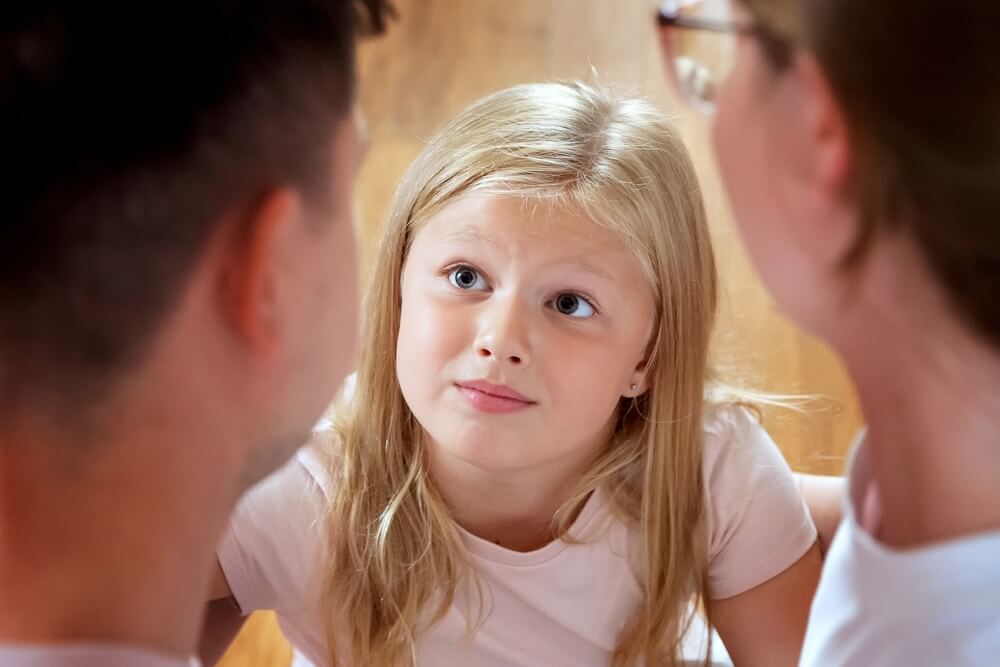
Irina Trukhina/Shutterstock.com
Older kids demand more nuanced handling. By this point, they’re toeing the line between belief and skepticism. If they ask directly, consider starting with, “You’re getting to be such a big kid! What do you think is going on?” This validates both their maturity and intelligence.
If they press for honesty, feel free to offer it. Explain that the Tooth Fairy was a fun tradition designed to make losing teeth exciting, not scary. Talk about how this role is now passed down—you’ve got to play the Fairy to keep the magic alive for them.
And who knows? They might be the “magic-maker” for a future sibling someday.
Whether your child is eagerly awaiting the Tooth Fairy or starting to question if she’s real, their curiosity is a sign they’re growing up. As they gain independence, it’s natural to want to keep them safe while respecting their freedom.
⠀
With the Findmykids app, you can stay connected with your child, know where they are, and ensure their safety—just like a real-life guardian angel (or maybe even a modern-day Tooth Fairy!).
Whether your child is asking questions or still fully immersed in the magic, the Tooth Fairy is more about what she represents than who—or what—she is. Childhood rituals like these embed joy, imagination, and comfort into experiences otherwise filled with uncertainty.
Encourage these conversations about myth and make-believe as a way to bond, learn, and laugh together.
Oh, and don’t forget this: share your funniest Tooth Fairy moments below—we love hearing how families keep traditions alive in creative ways!
FAQs
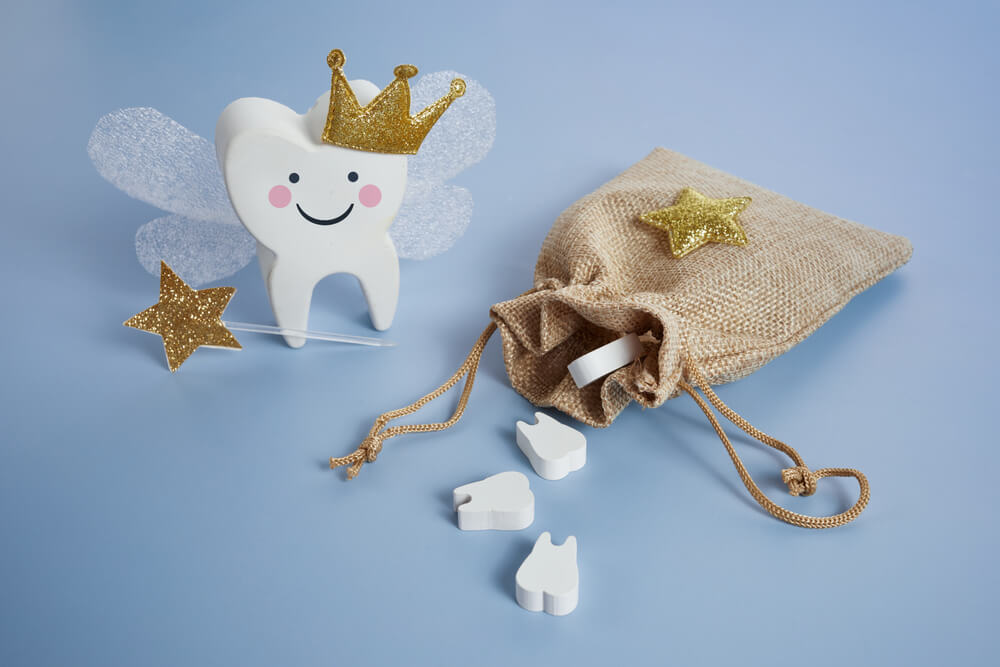
vetre/Shutterstock.com
Is the Tooth Fairy real, yes or no?
She’s as real as you want her to be. The magic lies in the belief.
How do I answer if my child asks if the Tooth Fairy is real?
Gauge their curiosity and emotional state. If they’re ready for the truth, offer it gently, turning the moment into a positive rite of passage.
Has anyone ever seen the Tooth Fairy?
No confirmed sightings yet—she’s excellent at her job!
Is Santa and the Tooth Fairy real?
Each figure comes with its unique lore, but ultimately, they’re about spreading joy and excitement.
At what age do kids stop believing in the Tooth Fairy?
Most kids stop around ages 6–8, though it varies based on individual development.
Is it okay to lie to kids about the Tooth Fairy?
Rather than lie, consider it storytelling or playing along with a much-loved tradition.
What’s the purpose of the Tooth Fairy tradition?
At its heart, the Tooth Fairy tradition helps children celebrate growing up while finding joy in life’s small milestones.
Cover image: Katerina Morozova/Shutterstock.com
Проверьте электронный ящик





